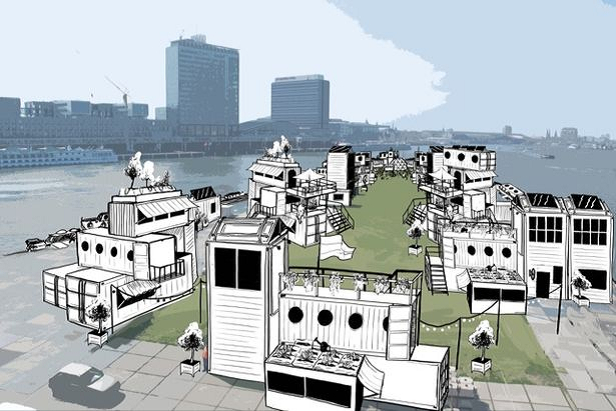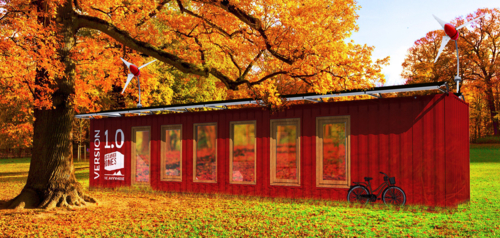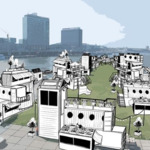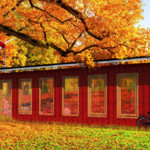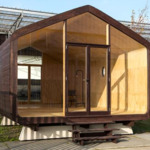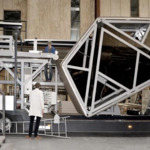Upcoming year, the Netherlands will hold the Presidency of the European Union during the first half of 2016. The EU Presidency meetings, where ministers and civil servants from all EU member states come together, will take place at Amsterdam’s historical naval dockyard, the Marine Etablissement. It is customary that the chairmanship is accompanied by a cultural program, in this case organised and produced by a joint venture project of De Vries Productions, Van Schaik and Pakhuis de Zwijger called Plan C. Plan C focusses on an new generation of young makers who want to shape the future of Europe and search for solutions to the urgent transition issues nowadays, such as sustainability, migration, social integration, urban development and mobility.
At the Kop van Java in Amsterdam, a temporary urban off-grid creative campus will arise: FabCity. Here 100 Dutch students, 100 European students and 100 young professionals will carry out research on the future of (cities in) Europe, in search of new social, economical, sustainable, logistic and political systems. Leading up to this campus Pakhuis de Zwijger organises events every month around the initiatives that will participate, to which everyone involved and interested is invited to help shape and discover the possibilities of this FabCity. Last week, the event was titled ‘Build small, live self-sufficient’ and focussed on the future of everyday living, accommodation and lifestyle. The guest speakers were amongst others Sustainer Homes and Wikkelhouse. Both are alternative solutions to a more sustainable way of living.
The Sustainer Home is the world’s first fully off-grid, sustainable, and
mobile container home that requires no sacrifices in living comfort. The
Sustainer Home uses solar panels, wind mills and rainwater collection
and filtration to be able to sustain its users. With no connection to any
grid, it renders the user free from utility bills and free to live anywhere.
Apart from relying purely on renewable energy, the home is designed
according to cradle2cradle principles for construction, and uses only
recycled or recyclable building materials. They prove, that with today’s
technology, living sustainably doesn’t mean you need to make
compromises on your living comfort, providing the user with enough
energy for a normal household and even a dishwasher.
The Wikkelhouse approached sustainable living from a different
angle, investigating the possibilities of building with an alternative
renewable material: paper. The modular design is made up of
segments that exist of 24 layers of virgin-fiber corrugated cardboard,
called gold board, which are wrapped around a huge mold and then
glued together with environmentally friendly glue, creating a strong and
insulating sandwich structure. Each segment is sealed in a waterproof
and vapour-permeable film that is protected by an open timber roof
and facade elements. Due to the modular design the Wikkelhouse is
very flexible and can be used for different purposes, such as a house,
cafe, office or showroom. And afterwards it can be recycled easily!
More information on both projects can be found at
sustainerhome.nl or fictionfactory.nl, as well as dezwijger.nl.
